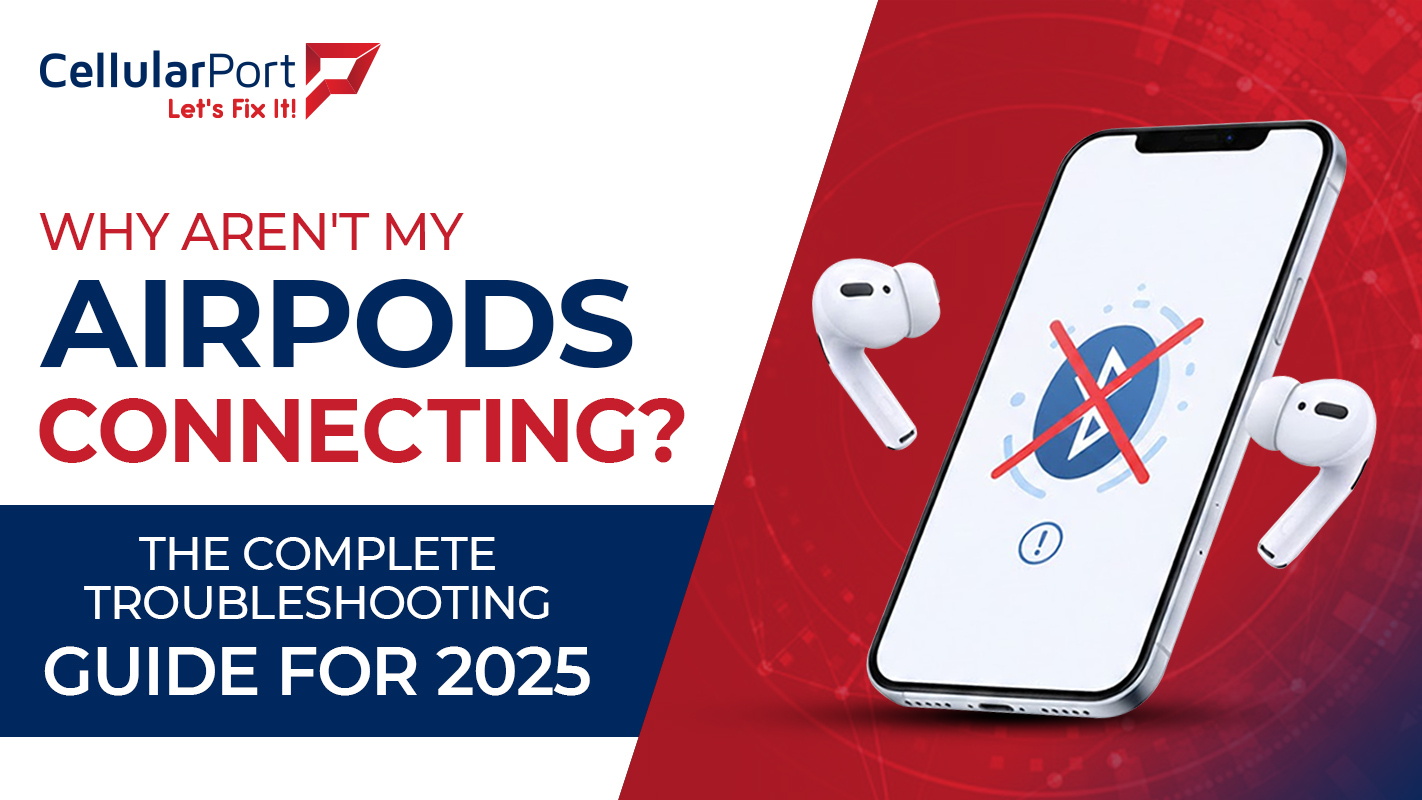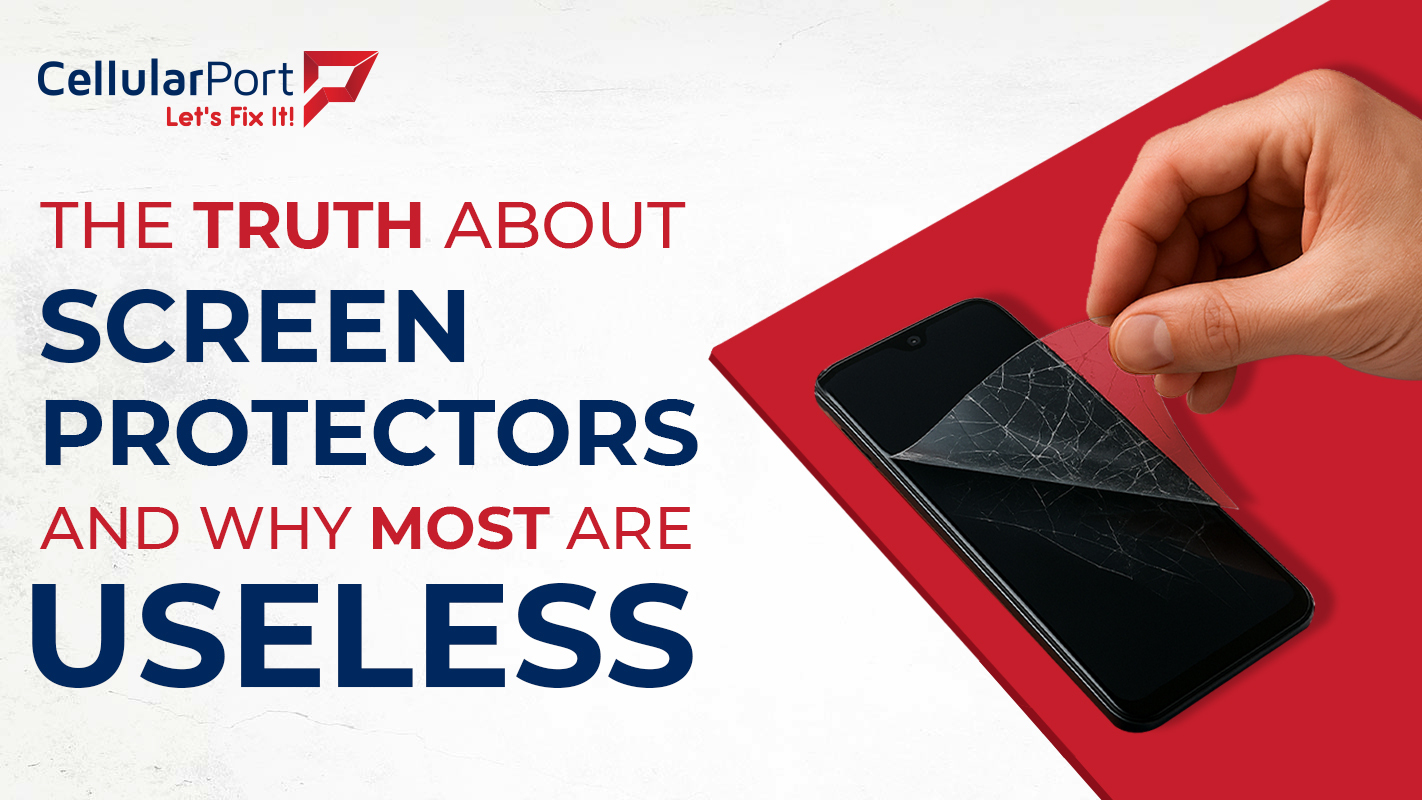Oh boy! Where’s my phone? Is it stolen? How am I going to track a stolen cell phone?
Well, we all have been there. Our heart nearly skips a beat when we find out that our precious sidekick, our ride-or-die cell phone, has pulled a disappearing act. We’ve all been there – the frantic searches, the wild accusations against inanimate objects and whatnot. Whether it’s an unfortunate case of a lost cell phone or a thieving miscreant nabbing it from your grip, the struggle is real. But hold onto your hats, because finding that lost iPhone or Android phone is about to get a whole lot cooler for you.
Fasten your seatbelts as we are about to figure out how to track down a stolen cell phone, let’s begin!
1. Report the Theft to Law Enforcement
Start by reaching your neighborhood policing or crisis administrations number to report the robbery. Furnish them with nitty gritty data about the episode, including the time, area, and any distinguishing highlights of the criminal if conceivable. A brief reaction is fundamental for an effective recuperation.

Record a Police Report
Visit your closest police headquarters to record a proper report. Be ready to share fundamental subtleties like the make and model of your telephone, its tone, and any particular markings. A police report serves as an official document that can aid in the recovery process and supports any insurance claims you may file.
Cooperate with the Investigation
Stay engaged with law enforcement during the investigation. Be responsive to any requests for additional information or documentation. This collaboration increases the likelihood of a positive outcome, whether it’s the recovery of your device or the apprehension of the thief.
2. Locate the IMEI Number of Your Phone (A Precautionary Step That You Should Take Today)
Navigate to your phone’s settings and look for the “About Phone” or “Device Information” section. The IMEI number is often listed here. Jot down this 15-digit code as it will be indispensable in subsequent steps.

As Prey Project also quoted:
“The IMEI or MEID, together with the serial number, won’t help directly track the device. The same thing goes for apps that claim they can get a phone location by number only. Without direct access or connection to the cell phone at hand, the phone number won’t be useful at all”.
Dial a USSD Code
Dial *#06# on your smartphone, and the IMEI number will be displayed on the screen. Note it down immediately in a secure location, as you may need it for reporting the theft and working with law enforcement.
Check the Original Packaging
If you have the original box your phone came in, the IMEI number is usually printed on the packaging. This is another convenient way to locate this crucial identifier.
3. Contact Your Mobile Service Provider
As soon as you are aware of the theft, contact your mobile service provider’s customer service. Provide them with your account details, the incident report number from law enforcement, and your IMEI number. This information helps them take immediate action to secure your account.

Request SIM Card Block
Ask your service provider to block your SIM card to prevent any unauthorized usage. This step is crucial in safeguarding your personal information and minimizing the risk of unauthorized calls, messages, or data usage on your account.
Inquire About Phone Tracking Services
Some mobile service providers offer tracking services for lost or stolen devices. Inquire about any available options and activate them if possible. These services can assist law enforcement in locating and recovering your phone.
According to Carlcare:
“It’s essential to keep a record of your phone’s IMEI number as it can be handy in various situations, such as reporting a lost or stolen phone to the authorities or contacting your service provider in case of any issues. Ensure you store the IMEI number in a safe place, separate from your phone, for quick access when needed”.
On a side note, if you are visiting a cell phone repair shop for any queries then know that they can steal your data, well how? Read our blog on the topic “Can a cell phone repair shop steal your data?”
4. Activate Built-In Phone Tracking Features (Precautionary Step)
Both Android and iOS offer built-in tracking features. Android users have to enact “Find My Device” in their Google account settings. iOS can empower “Find My iPhone” in their iCloud settings. These instruments permit you to remotely follow your telephone’s area.

Start Remote Lock and Delete
As well as following, these highlights empower you to remotely lock your gadget and even eradicate its information. This guarantees that your own data stays secure and adds an additional layer of insurance against possible abuse.
Follow Area Updates
These tracking features provide real-time location updates if your phone is connected to the internet. Along with that, sharing this data with policing assists the recuperation interaction.
5. Use Google Timeline to Track Location History
Google Timeline is a powerful tool that allows users to keep track of their location history effortlessly. Whether you want to revisit a memorable trip or ensure your safety, here’s how you can make the most of this feature:

According to CNET:
“Any time you sign in to an Android device with a Google account, Find My Device is automatically turned on. Google’s free Find My Device service is what you’ll use should your phone ever go missing to track, remotely lock and remotely erase it”.
Enable Location History
Make sure the Location History feature is activated on your Google account. This ensures that your device records your location data over time.
As of Avast:
“On the map to the right, your phone’s approximate location is circled. Zoom to see a more precise location. If Google can’t find where your phone is currently, it will show you the phone’s last known location”.
Getting to research Course of events
Open the Google Guides application, click on the menu symbol, and select “Your Timeline.” Here, you’ll find a point by point outline of your area history coordinated by date.
Setting Area Sharing
Google Course of events likewise permits you to impart your ongoing area to confided in contacts, giving an extra layer of security during movements or crises.
Experience swift and reliable solutions for your devices at CellularPort, your go-to destination for expert cell phone repairs in Houston.
6. Consider Third-Party Tracking Apps
Notwithstanding Google Course of events, there are different outsider following applications that offer extra highlights and command over your area following. This is the very thing you really want to be aware:

Pick a Dependable Application
Select a very much inspected and reliable following application from the application store. Guarantee it lines up with your protection inclinations and gives the highlights you really want.
Geofencing for Custom Alarms
Some following applications offer geofencing, permitting you to define virtual limits. Get cautions when the gadget enters or leaves these predefined regions.
Battery Improvement
Search for applications that improve battery utilization to keep away from unreasonable channels. This guarantees that tracking will continue without affecting how well your device works.
7. Notify Friends and Family
Keeping your friends and family informed about your location is essential. Laying out a warning framework guarantees they know about your area continuously:

Share Live Area
Live location sharing is available on most social media and messaging apps. For a predetermined amount of time, you can share your location with friends and family, allowing them to follow you in real time.
Crisis Contacts
Set up crisis contacts on your telephone. If there should be an occurrence of a crisis, these contacts can get indispensable data, including your area, guaranteeing a speedy reaction.
Booked Registrations
Lay out a daily schedule for checking in with companions or family, giving an additional layer of consolation. This can be particularly useful during solo voyages or open air exercises.
8. Monitor Social Media and Online Marketplaces
Being mindful of your online presence is essential in today’s interconnected world. Here’s how you can manage your digital footprint effectively:

Review Privacy Settings
Regularly check and update your social media privacy settings. Limit the visibility of your location data to ensure it’s only shared with those you trust.
As Southern Phone also quoted:
“While finding your phone is important, protecting your data is crucial. Always have a lock screen password, and regularly back up your data. If your phone is lost, you can use remote wiping features to erase your personal data and protect your privacy”.
Be Cautious on Online Marketplaces
When buying or selling items on online platforms, avoid sharing your exact address publicly. Opt for meeting in public spaces or using secure pick-up locations.
Educate Yourself on App Permissions
Be aware of the permissions granted to various apps on your device. Some apps may request access to your location unnecessarily, posing potential privacy risks.
According to Comparitech:
“If you’re unable to perform a remote lock or erase yourself, don’t lose hope. Your wireless provider might be able to deactivate the device and possibly wipe your personal information from it. Call them to find out what the options are”.
9. Enable Remote Lock and Wipe Features
Most cell phones come furnished with worked security that permits clients to lock and wipe their gadgets from a distance. Guarantee these highlights are actuated on your telephone.

Safeguard Individual Data
Consistently back up your information to cloud administrations or an outer gadget to guarantee that regardless of whether your telephone is lost, your data stays available.
As Lookout also quoted:
“With Lookout, the Wipe feature deletes all of your data, including data on your SD card, as well as logs you out of your accounts like Gmail, Facebook, Twitter and YouTube. If you have these apps and typically stay “logged in” this will ensure that your accounts won’t be compromised”.
Keep Credentials Safe
Use biometric, strong passwords, or PINs on your device to protect your credentials.
Do not directly save sensitive passwords to your phone. To store and manage your credentials, make use of password manager apps that are safe.
Also, if you consider visiting a cell phone repair shop or the nearest tech repair stop then you need to ensure data privacy at the cell phone repair shop.
10. Practice Caution if Attempting to Retrieve the Phone Yourself
Losing your phone can be a frustrating experience, but before attempting to retrieve it yourself, it’s essential to exercise caution to avoid potential risks or conflicts.

Evaluate the Situation
Prior to taking any action, evaluate the circumstances surrounding your phone’s loss. Consider factors like area, time, and the potential gamble engaged with recovering it.
On the off chance that the area is new or represents a wellbeing concern, including neighborhood specialists or security personnel might be shrewder.
Use Following Apparatuses Admirably
Assuming your telephone has underlying following instruments, use them to decide the gadget’s area. Nonetheless, try not to stand up to potential criminals yourself.
As Hindustan Times also quoted:
“As a last resort, if you believe you won’t be able to recover your phone, consider remotely wiping all the data to ensure your personal information remains secure. If you might find lost my phone, you might be able to preserve your important details even if wiping your data”.
Summing Up
So here you go fam! Whether you’ve lost your device or succumbed to robbery, the excursion to take cell phone recuperation is reachable. You can turn a disheartening situation in the digital landscape into a triumphant tale of lost and found with the right information and a few quick steps. So, don’t worry if your phone goes missing; just keep in mind that you might just have the ability to locate it.

















